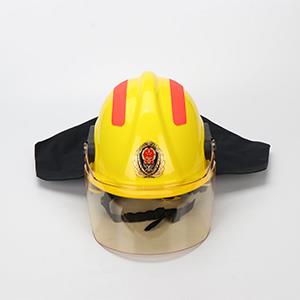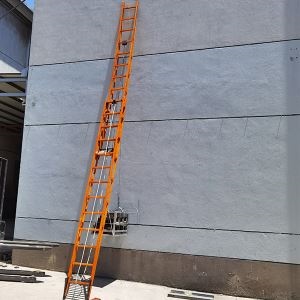欢迎访问Zhejiang Jiupai Security Technology Co., Ltd.官网
欢迎访问Zhejiang Jiupai Security Technology Co., Ltd.官网

2021-08-30

2021-08-05

2021-07-30

2021-07-06
Fire-fighting boots are a kind of shoes with excellent protection against high temperature, heat flow and flame, and the upper is resistant to 2W/cm2 heat flow for three minutes.
The biggest performance of fire-fighting boots is its excellent protection against high temperature, heat flow and flame. The upper can withstand 2W/cm2 heat flow for three minutes, and the fire-resistant upper can provide operations on high-heat sites without being affected. It also has excellent protection against general chemicals, and has the functions of anti-smashing, anti-piercing, and anti-static of ordinary labor insurance shoes.
1. Appearance requirements (1) The color of fire-fighting boots should be black with eye-catching signs. (2) The surface of fire-fighting boots should not have defects such as wrinkles, blisters, impurities, air bubbles, lumps and hard particles, marks of sticking, and scratches from bright oil. (3) The surface of the fire-fighting boots, the lining cloth, the inner bottom cloth and the anti-smashing inner toe cap liner should be flat and there should be no shelling phenomenon. (4) Fire-fighting boots should not have the phenomenon of de-tooth springing, voiding, opening glue, frosting, over-sulfur and under-sulfur. (5) The appearance quality of fire protection boots shall meet the requirements of QB/T1002, QB/T1003 and QB/T1005 respectively.
2. Physical and mechanical properties. The physical and mechanical properties of the upper, side strip and outsole materials of fire-fighting boots shall comply with the 3c certification requirements. After the fire-fighting boot upper, side strip and outsole material samples are tested for oil resistance, the volume change should be in the range of 2%-10%.
3. Corrosion resistance of metal liner If a metal anti-piercing liner is used in the inner bottom of fire-fighting boots, after the corrosion test of this kind of metal liner, the sample should be free of burnout.
4. Anti-smashing performance After the heads of fire-fighting boots have been subjected to static pressure test and impact test with an impact hammer mass of 23kg and a drop height of 300mm, the gap height should not be less than 15mm.
5. Puncture resistance The puncture resistance of the outsole of fire boots should not be less than 1100N.
6. Anti-cutting performance The surface of fire-fighting boots should not be cut through after the anti-cutting test.
7. Electrical insulation performance The breakdown voltage of fire-fighting boots should not be less than 5000V, and the leakage current should be less than 3mA.
8. Thermal insulation performance When the fire-fighting boots are heated for 30 minutes in the 3c certification thermal insulation performance test, the temperature rise of the inner surface of the boot sole should not exceed 22°C.
9. Anti-radiation heat penetration performance The radiant heat flux on the surface of the fire-fighting boots is (10±1)kW/m2. After 1min of irradiation, the temperature rise of the inner surface should not exceed 22℃. 10. Waterproof performance Fire-fighting boots should not see water during the waterproof performance test. 11. Anti-skid performance When fire-fighting boots with 3C certification are tested for anti-skid performance, the initial slip angle shall not be less than 15°.